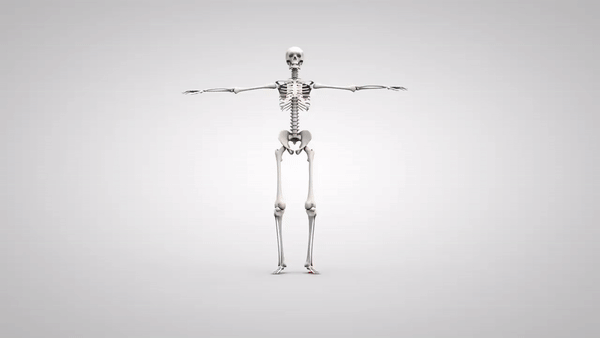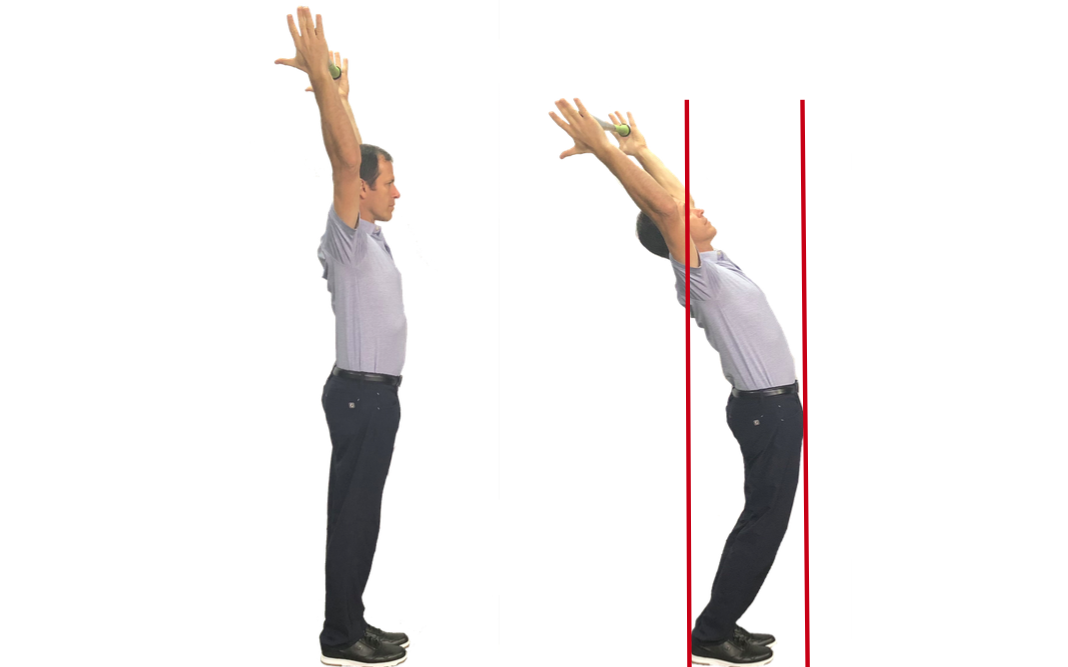How the Joint-By-Joint Approach Applies to Baseball and Softball
Mon Nov 25, 2024 by OnBaseU
The Joint By Joint Approach - created by Gray Cook and Mike Boyle - is one of the simplest ways to categorize human movement and is also one of the foundational philosophies of OnBaseU. It states that:
The body works in an alternating pattern of stable segments connected by mobile joints. If this pattern is altered – dysfunction and compensation will occur.

Here's Dr. Rose introducing the concept at our Hitting seminar in Orlando.
You can probably guess how an alternating pattern of mobility and stability can relate to the cause of pain and injury. Take the lower back, for instance. The lower back is meant to be a stable segment. The lumbar spine can flex and extend, but it's not good at rotating or side bending. The hips and thoracic spine, on the other hand, are considered mobile joints. They move freely in all three planes. If the hips and thoracic spine lack mobility, the body may "steal" range of motion from the lumbar spine. This abnormal motion in the lumbar spine can be one of the primary reasons for disc and facet injuries in the lower back. In this case, the site of pain (lower back) is not the site of dysfunction or limitation (thoracic spine or hips). This is why we say that many lower back injuries are not lower back issues, but lower back events.
How does this relate to the OnBaseU screen?
One of the primary reasons for physically screening is understanding whether or not the body is responsible for hitting or pitching characteristics. However, screening can also offer insight into potential causes (or precursors) for injury, as described above.
Take the Multi Segmental Extension screen, for example. The goal of the screen is to determine an athlete's ability to extend through their hip, lumbar spine and thoracic spine. An athlete is deemed to have "passed" if they can move their hips in front of their toes and their shoulders behind their heels.

This screen is specific to our assessment of pitchers. Most pitchers have extraordinary extension capabilities of the hip and spine. Not only do they usually pass this test, they often dominate this test. Some seem to be able to get their trunk almost parallel with the ground.
Another variation of this test we use is the Lunge with Extension screen. By putting the athlete in a lunge position, it limits the contribution of the hip. The goal is to be able to get the shoulders halfway between the knee and hip of the back leg. This athlete demonstrates a passing test.

So what happens if a pitcher cannot pass these tests? First of all, hip, lumbar and thoracic extension are necessary for a pitcher to remain tall and upright after foot plant (like Kershaw below).

If a pitcher doesn't have the necessary extension capabilities, they will have a tendency to flex their trunk forward during the late-cocking phase. This is a pitching characteristic that we refer to as Early Flexion.
Early Flexion due to poor hip or thoracic extension isn't just a technical issue, it can be a potential contributor to injury. If an athlete lacks extension in their spine, they may "steal" extension from their hip. If they lack extension in their hip, they may "steal" extension from the spine.
We saw a pitcher at TPI this last year who had complained of pain in the hip of his drive/back leg. When we checked his Multi-Segmental Extension, it was clear that he had adequate mobility in the hip, but lacked mobility in his thoracic spine. Upon further assessment, we found that he didn't just struggle to extend his spine, he had almost NO extension of his spine. This means that the hip and lumbar spine were wholly responsible for keeping his trunk upright after foot plant. In many cases, when athletes ask an area of the body to compensate for another, it's a recipe for injury.
His doctors and training staff focused their work on the hip (the site of acute pain). They stretched his hip, strengthened his hip and treated his hip, but they didn't address the limitation which was likely contributing to pain in his hip. The pitcher was cleared to return to the mound when he was pain-free, but not necessarily "healthy."
The Joint-By-Joint Approach is one of the most important concepts for a coach, S&C and medical professional to understand. If we only consider the site of pain or dysfunction, we often overlook the cause of pain or dysfunction. As Gray Cook likes to say, "They already knew where it hurt, you just gave a Latin name."
To learn more about applying the Joint by Joint to baseball and softball, check out an OnBaseU seminar. New 2020 seminar dates are up on our site.